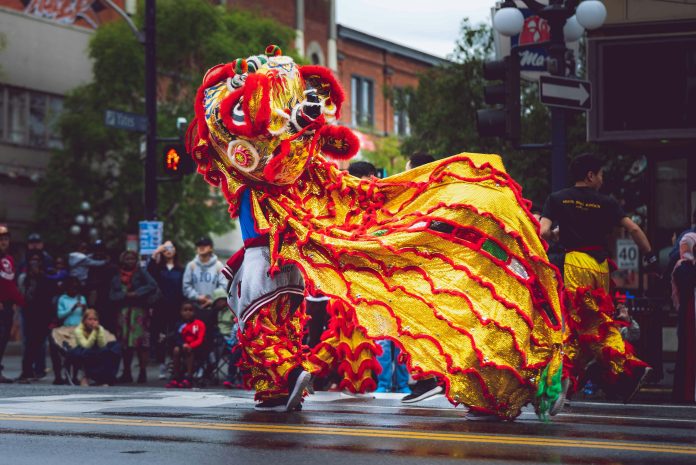Introduction
Imagine a craft that blends tradition with innovation, woven into the fabric of various cultures worldwide. This is the essence of fordű, a symbol of artistry and cultural heritage revered across continents.
What is a Fordű?
A fordű is more than just an object; it’s a testament to craftsmanship passed down through generations. Originating in ancient times, it has evolved into various forms across different regions.
History and Evolution
The history of fordű dates back centuries, originating from hungray. Fordű is a cultural tradition deeply rooted in history, art, and societal customs, particularly in Hungarian communities. It encompasses a rich tapestry of practices and beliefs that have evolved over time
Significance in Culture
Fordű holds significant cultural importance, deeply rooted in Hungarian traditions. It encompasses a blend of history, art, and societal customs, shaping communities for generations. This cultural practice emphasizes harmony and spiritual connection, inviting participants to engage in a dance that transcends the physical realm
Types of Fordű
Traditional Fordű
Traditional Fordű refers to the historical and cultural practices associated with this Hungarian tradition. It involves a blend of art, music, and dance that have evolved over centuries, reflecting deep-rooted societal customs and beliefs. Fordű ceremonies often include rhythmic movements and symbolic gestures aimed at fostering community cohesion and spiritual connection.
Modern Interpretations
In contemporary contexts, Fordű has evolved beyond its traditional roots, influencing various aspects of modern culture. This includes fashion, where elements of Fordű are incorporated into designs, blending traditional motifs with contemporary aesthetics [1]. Additionally, in global interpretations such as in Japan, Fordű principles inspire garden designs, integrating natural elements in harmony.
Social Impact and Community
Fordű in Festivals
Fordű plays a significant role in festivals across various cultures, enhancing the cultural richness and communal bonds during celebrations. It is deeply embedded in local traditions, influencing everything from the ceremonial aspects to the daily rituals observed during these festive occasions
Fordű as Art
Fordű, viewed through the lens of art, encapsulates a profound cultural expression intertwining history, artistry, and societal customs. It manifests in various forms across different cultures, influencing art, literature, fashion, and daily life
Fordű in the Modern World
Commercialization
Commercializing fordű involves introducing this cultural tradition into broader markets or contexts, potentially for profit or wider recognition. This process could include adapting fordű practices or products associated with it for commercial purposes, such as through tourism, art exhibitions, or cultural events
Conclusion
Fordű bridges tradition with modernity, uniting communities and preserving cultural identities. Its journey from ancient origins to contemporary prominence showcases its enduring legacy.


